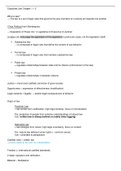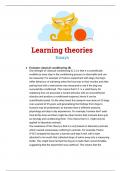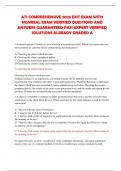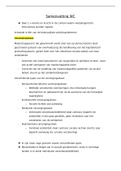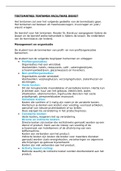Samenvatting
Corporate Law Full Course Summary
- Instelling
- Universiteit Van Amsterdam (UvA)
This summary spans chapters 1 to 14 of International Law and Business. interconnected concepts are highlighted and useful graphics included. Emphasis on workings of EU and international entities such as WTO and IMF. This summary is suitable for students in introductory law courses.
[Meer zien]
